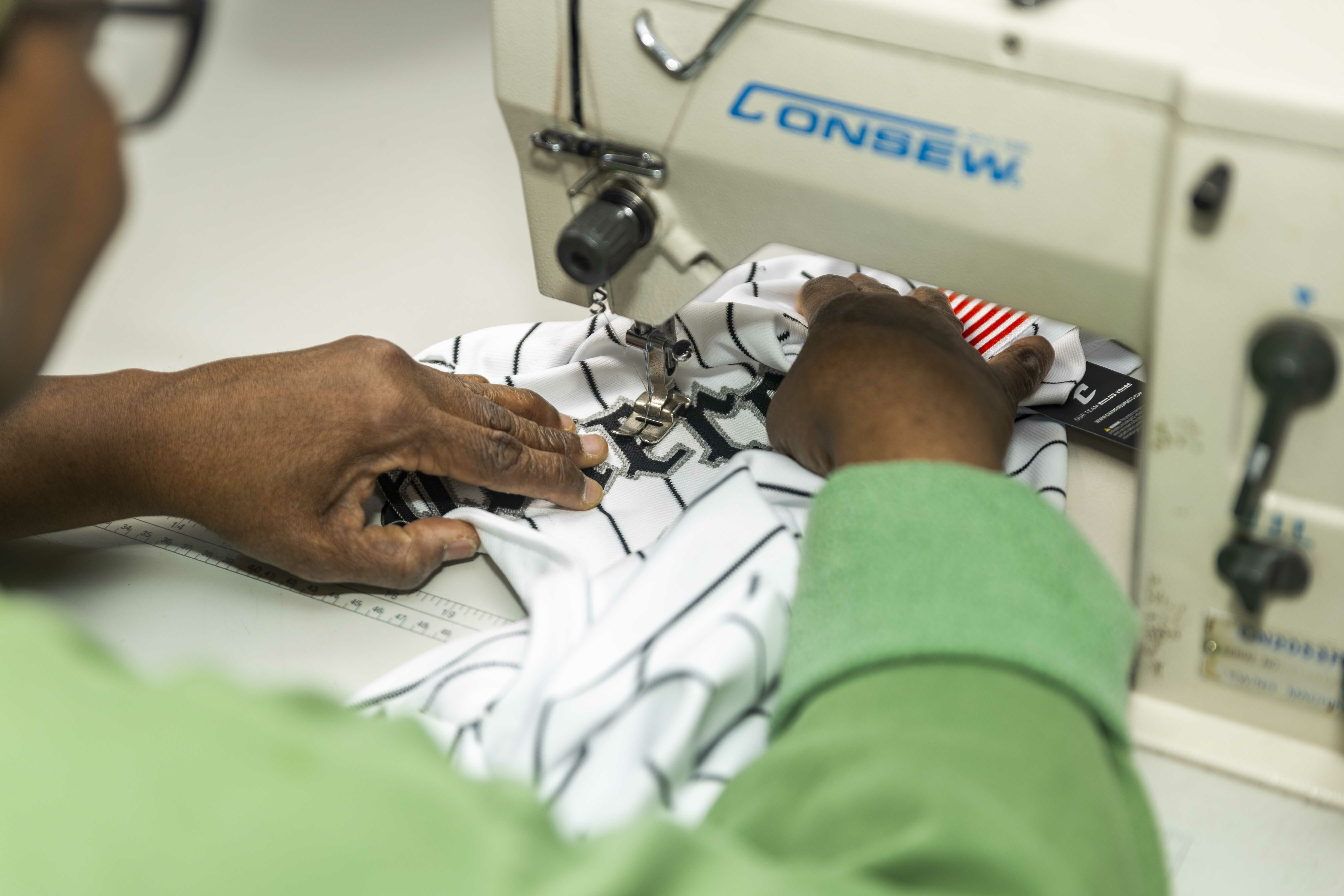Tackle Twill
TACKLE TWILL
Tackle twill embroidery is a method used to create bold and durable designs on fabric, often seen in sports jerseys and athletic apparel. It involves cutting large, blocky shapes or letters from a contrasting twill fabric and then applying them to a base fabric using adhesive or stitching. The edges of the twill pieces are typically secured with embroidery stitches for added durability and a decorative finish. This technique is popular for its ability to create standout designs that withstand wear and tear, making it a common choice for sports teams and organizations looking for custom apparel options.
Pros of Tackle Twill:
Cons of Tackle Twill:
Durability: Tackle twill embroidery is known for its durability, making it ideal for sports jerseys and other apparel that undergo frequent use and washing.
Bold Designs: The technique allows for the creation of bold, eye-catching designs with large, blocky shapes or letters, making it popular for team logos, numbers, and names.
Customization: Tackle twill allows for customization in terms of color combinations, allowing designers to create unique and personalized designs.
Texture: The twill fabric used in tackle twill embroidery adds a textured dimension to the design, enhancing its visual appeal.
Professional Appearance: When done correctly, tackle twill embroidery results in a clean and professional-looking finish, suitable for sports uniforms and branded apparel.
Time + Complexity: Tackle twill embroidery can be more complex and time-consuming compared to other embroidery techniques, especially for intricate designs or multiple color layers.
Cost: Due to the materials involved and the labor-intensive process, tackle twill embroidery can be more expensive than simpler embroidery methods.
Limited Detail: The technique is best suited for large, blocky designs and may not be suitable for intricate or highly detailed artwork.
Weight: Tackle twill embroidery adds some weight and thickness to the fabric, which may be a consideration for certain types of garments, especially those intended for lightweight or performance purposes.






